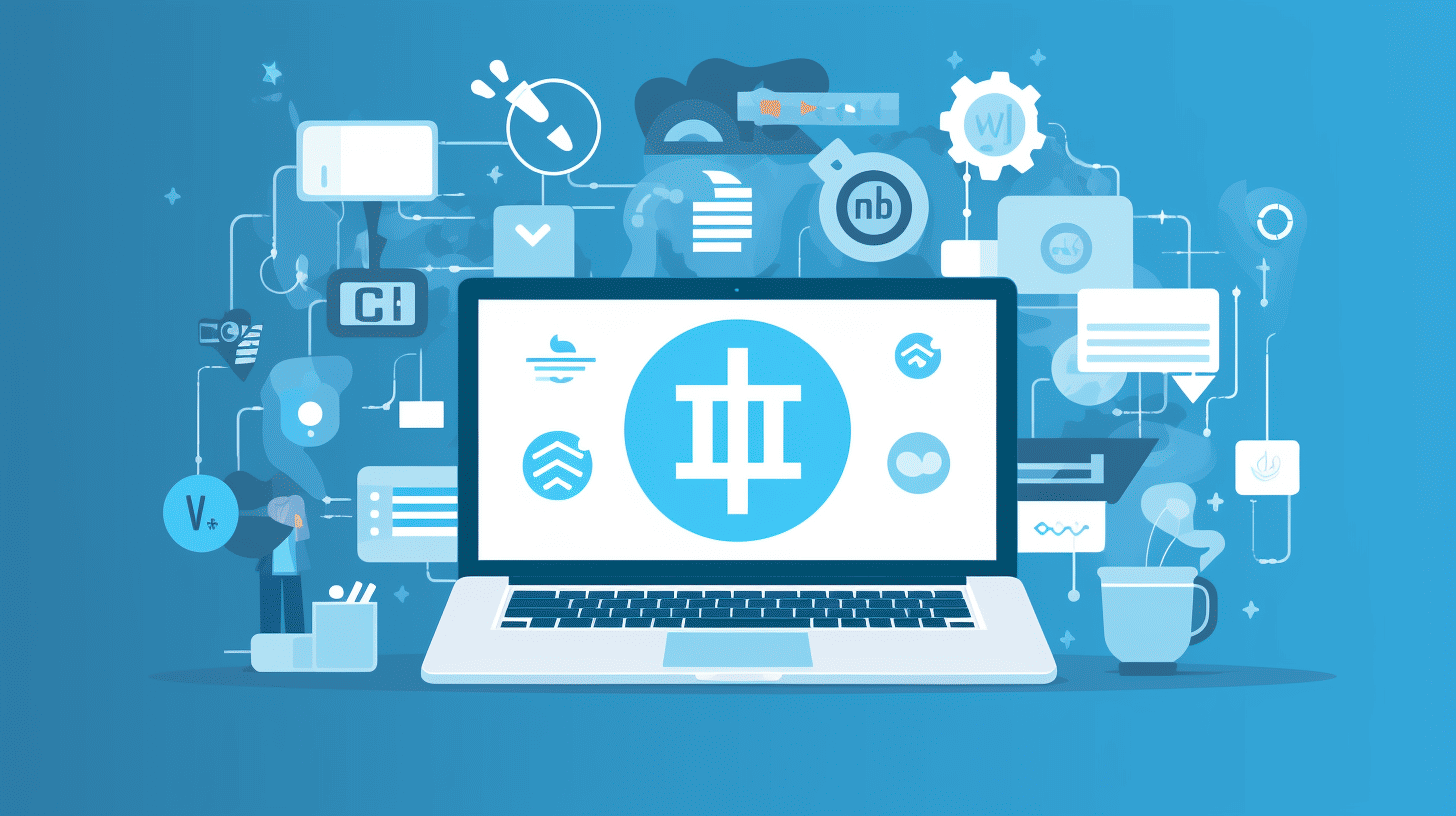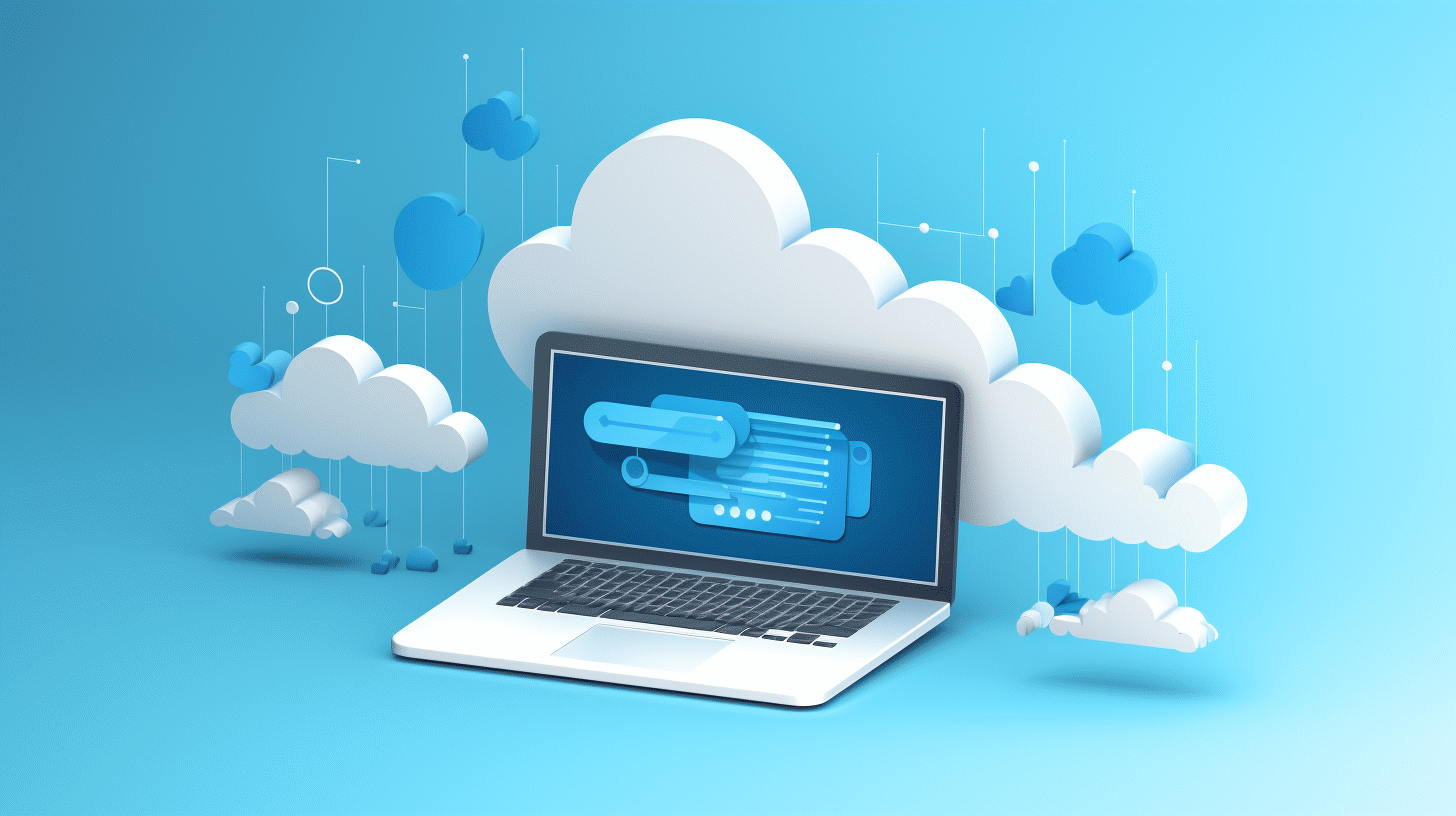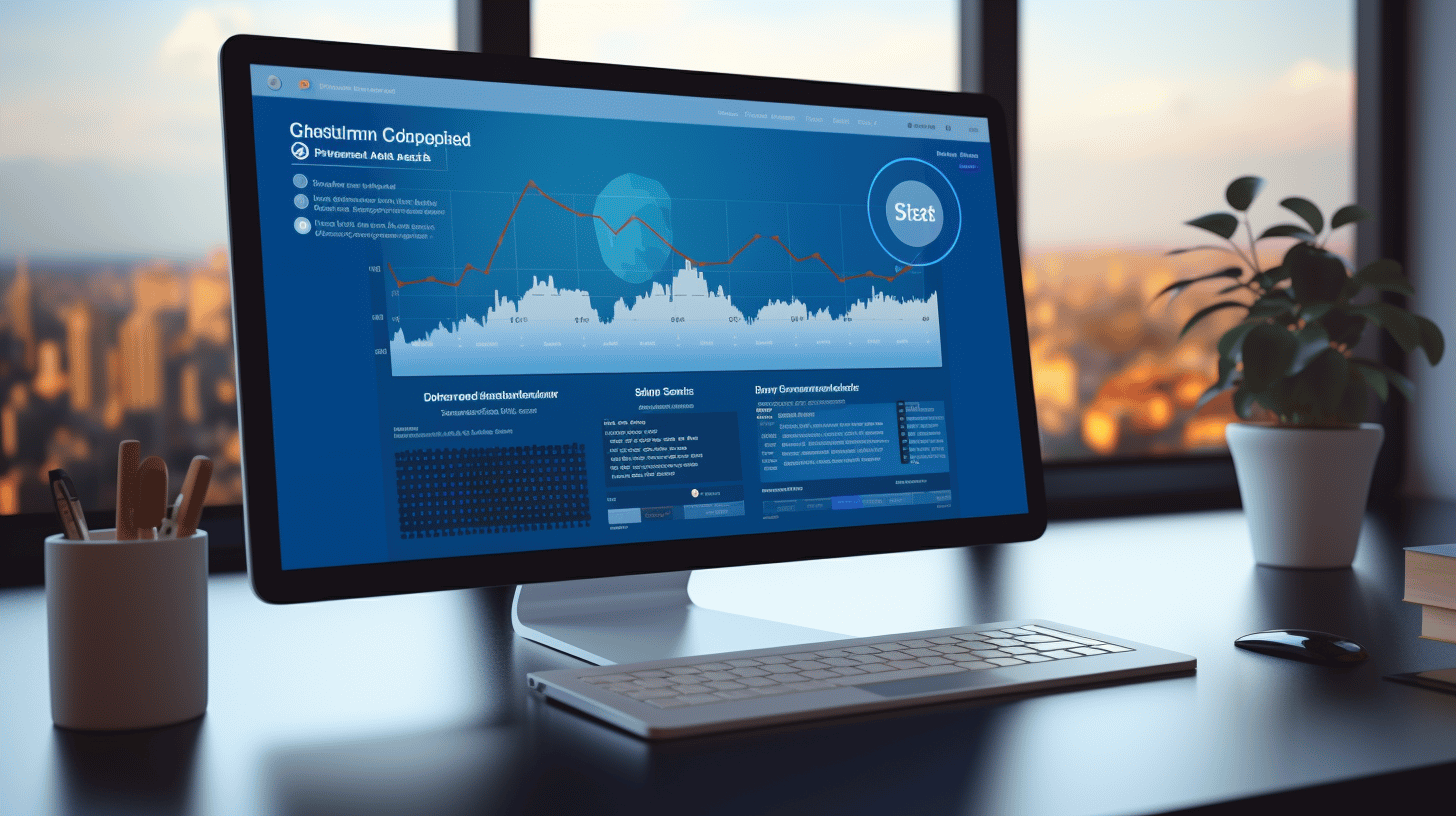
| 插件名称 | BitFire |
|---|---|
| 漏洞类型 | 信息披露 |
| CVE编号 | CVE-2025-6722 |
| 紧急 | 低的 |
| CVE 发布日期 | 2025-08-04 |
| 源网址 | https://www.cve.org/CVERecord/SearchResults?query=CVE-2025-6722 |
紧急安全公告:BitFire 安全插件版本 ≤ 4.5 存在未经身份验证信息泄露风险
WordPress 为全球超过 40% 个网站提供支持,因此,确保 WordPress 网站的安全对于网站所有者、开发者和管理员来说至关重要。插件漏洞可能使数百万个网站面临风险。今天,Managed-WP 重点介绍了一个新披露的敏感数据泄露漏洞,该漏洞影响 BitFire 安全插件 4.5 及更低版本,并阐述了该漏洞对 WordPress 社区的重要性,以及保护网站的实用步骤——包括像 Managed-WP 这样的托管式 Web 应用程序防火墙 (WAF) 服务如何帮助您保障网站安全。
了解漏洞:什么是未经身份验证的信息泄露?
BitFire 安全插件旨在通过处理敏感数据来加强网站安全。然而,版本 4.5 及更早版本 存在一个漏洞,允许未经身份验证的攻击者(任何没有登录凭据的访问者)访问通过插件端点或数据接口无意中暴露的受保护信息。
此漏洞属于 敏感数据泄露此类数据泄露事件会导致API密钥、用户数据或安全配置等机密信息在未受到适当访问限制的情况下被泄露。虽然看似风险较低,但此类数据泄露可能助长进一步的恶意活动,例如权限提升或整个网站被攻破。
严重程度和影响
- CVSS评分: 5.3(低严重程度)
- 补丁优先级: 低的
- 风险: 未经授权披露敏感信息
- 所需权限: 无(未经认证)
尽管严重程度较低,但违反保密原则仍需谨慎对待,因为它为威胁行为者提供了有用的侦察数据,从而增加了进行多层攻击的可能性。
技术解析:此漏洞的工作原理
根本原因在于 身份验证和授权检查不足 在 BitFire 插件的某些部分,攻击者可以利用不安全的端点或函数,在无需任何登录凭据的情况下获取敏感信息。
这意味着:
- 攻击者可能会列举出网站的机密配置或安全参数。
- 令牌和密钥等敏感信息可能会泄露。
- 泄露事件可能为网络钓鱼、社会工程攻击或通过连锁攻击技术进行的后续攻击提供便利。
关键问题包括:
- 缺少能力验证(例如,缺乏)
当前用户可以()WordPress 检查) - AJAX 或 REST API 请求无需进行 nonce 或 referer 验证
- 缺乏数据过滤/清理措施,导致无法输出原始敏感数据。
为什么 WordPress 网站经常成为此类漏洞的攻击目标
WordPress 的可扩展性,超过 58,000 个插件 众多攻击主题造成了广阔的攻击面。安全性差异显著,原因如下:
- 开发人员在完全遵守 WordPress 安全最佳实践方面面临的挑战
- 庞大而复杂的代码库容易出现安全漏洞
- 可用性和严格安全控制之间的平衡很难把握
- 插件开发周期过快,往往超过安全审计的速度。
此外,网站通常会使用大量第三方插件,这会增加潜在的安全漏洞风险。攻击者经常扫描已知的插件漏洞,以便在补丁发布前迅速利用这些漏洞。
及时更新 BitFire 安全插件的重要性
BitFire的维护者已发布 版本 4.6 为解决此漏洞,使用 4.5 或更低版本的网站管理员应:
- 立即地 请更新至 4.6 或更高版本.
- 纳入常规的插件和WordPress核心更新程序。
- 查看插件相关的变更日志和安全通知。
- 在进行更新之前备份网站,以确保具备回退能力。
延迟这些更新会使您的 WordPress 网站容易遭受数据泄露和潜在的后续攻击。
如果无法立即更新插件该怎么办
我们理解,由于测试要求或自定义设置,有时无法立即更新插件。建议的缓解措施包括:
1. 通过托管 WordPress WAF 进行虚拟修补
托管式 Web 应用程序防火墙可以立即阻止针对已知插件漏洞的攻击尝试,起到“虚拟补丁”的作用,直到应用官方更新为止。
2. 限制对敏感端点的访问
使用诸如以下方法,暂时阻止或限制对服务器层或应用层插件相关 API 端点的访问: .htaccess 规则或 IP 白名单。
3. 加强监测
加强日志和流量监控,以识别和响应表明存在定向扫描或攻击企图的可疑请求。
关于 WordPress 插件安全管理的更广泛经验
此次事件凸显了WordPress用户需要遵循的重要安全原则:
- 及时应用插件更新即使是那些被评为“低”严重程度的疾病,也要降低累积风险。
- 采用分层安全措施 包括主机加固、托管防火墙以及插件修复。
- 定期进行插件审核 利用自动化工具和人工审查尽早发现漏洞。
- 对网站管理员进行培训 识别威胁信号并随时了解安全动态。
- 订阅可信的漏洞信息源 一旦发现插件风险,应立即通知他们。
Managed-WP 如何帮助您规避这些风险
Managed-WP 专注于 WordPress 安全。我们提供的托管式 Web 应用防火墙 (WAF) 解决方案为 WordPress 生态系统量身定制了强大的防御机制,能够在威胁出现的第一时间保护您的网站免受 BitFire 漏洞等侵害。
主要优势包括:
- 立即虚拟修补: 无需等待插件补丁即可阻止对漏洞的利用尝试。
- 全面的 OWASP Top 10 防护: 防御最关键的 Web 应用程序风险,包括注入攻击、身份验证失效和数据泄露。
- 恶意软件检测与清除: 快速扫描并清除恶意文件。
- 无限带宽支持: 即使在受到保护的情况下,也能保持性能不受限制。
- 攻击缓解: 停止利用已公开漏洞进行的暴力破解、DDoS攻击和自动化攻击。
使用 Managed-WP 的 WAF 可以显著缩短补丁延迟发生时的风险暴露时间。
解答有关插件漏洞和 WordPress 安全性的常见问题
问:我应该立即卸载存在漏洞的插件吗?
答:并非总是如此。如果有可用更新,请立即更新插件。如果无法更新或更新不切实际,请应用虚拟补丁和附加控制措施。仅当插件并非必不可少或无法确保其安全性时才卸载。
问:我可以完全依赖安全插件来保护自己吗?
答:不,安全需要多层防护——插件有所帮助,但应该与 WAF、安全托管、强凭证和定期备份相结合。
问:我应该多久监控一次漏洞?
答:将漏洞监控纳入您的日常维护中——建议每周或每月进行检查并订阅信誉良好的安全信息源。
问:免费安全方案有效吗?
答:是的。许多免费套餐提供基本的保护功能,包括托管式Web应用防火墙、恶意软件扫描和针对常见攻击类型的防御,适合基本的安全防护。
WordPress网站所有者必备的安全最佳实践
- 保持所有信息更新: 始终运行最新版本的 WordPress 核心程序、主题和插件。
- 谨慎选择插件: 使用维护活跃且信誉良好的插件,避免使用已弃用或过时的插件。
- 实施托管式 WAF: 添加 WordPress 专用防火墙,即可立即屏蔽漏洞。
- 定期备份: 维护异地备份,以便在系统遭到入侵后快速恢复。
- 限制用户权限: 仅提供最低限度的必要访问权限,避免不必要的管理员权限。
- 启用 HTTPS: 使用有效的SSL/TLS证书对数据传输进行加密。
- 审计活动日志: 持续监控日志,查找未经授权的访问或可疑行为的迹象。
使用 Managed-WP 的免费计划,即可获得全面保护:无需复杂操作,即可获得基本安全保障
保护您的 WordPress 网站不必花费太多金钱或过于复杂。 免费基础计划 提供以 WordPress 为中心的强大基础安全保护,让您专注于您的网站,而我们将负责抵御威胁。
Managed-WP 免费计划包含以下内容:
- 专为 WordPress 环境优化的托管防火墙
- 无限带宽,不限速,确保流畅性能
- 实时Web应用程序防火墙阻止可疑流量
- 高级恶意软件扫描和针对常见漏洞的自动缓解
- 安装简便,无需人工维护
不要在安全问题上妥协——立即试用 Managed-WP 的免费专业级保护。
从这里开始,开启更安全的 WordPress 管理之旅:
https://my.wp-firewall.com/buy/wp-firewall-free-plan/
结语:警惕是最好的防御
最近披露的BitFire安全插件4.5及更早版本中未经身份验证的信息泄露漏洞提醒我们,没有任何WordPress插件或主题能够完全免疫。攻击者会不断寻找并利用漏洞。
最明智的策略是采取积极主动、多层次的防御措施:
- 保持插件和核心程序更新
- 使用专为 WordPress 设计的托管防火墙
- 定期扫描恶意软件和可疑活动
- 维护可靠的备份并实现恢复流程自动化
Managed-WP 致力于为 WordPress 网站所有者提供先进、易用的安全工具和威胁情报,帮助您的网站保持安全、快速和可靠。
立即保护您的网站。访问 https://my.wp-firewall.com/buy/wp-firewall-free-plan/ 迈出获得更安全的 WordPress 体验的第一步。
作者简介
一位经验丰富的 WordPress 安全专家,拥有超过十年的网站安全防护经验,致力于抵御网络威胁。他专注于为网站所有者和开发者提供实用有效的防御措施,以确保 WordPress 网站在不断变化的网络威胁环境中保持可靠性和安全性。
参考文献及延伸阅读
- OWASP十大Web应用程序安全风险
- WordPress 加固指南
- WordPress 更新和插件管理最佳实践
- 了解虚拟补丁和Web应用程序防火墙概念
免责声明: 本文由 Managed-WP 提供,旨在提供关于 WordPress 安全的专家见解。本文不以任何名义推广或认可任何第三方防火墙或安全厂商,仅作为教育资源。

















